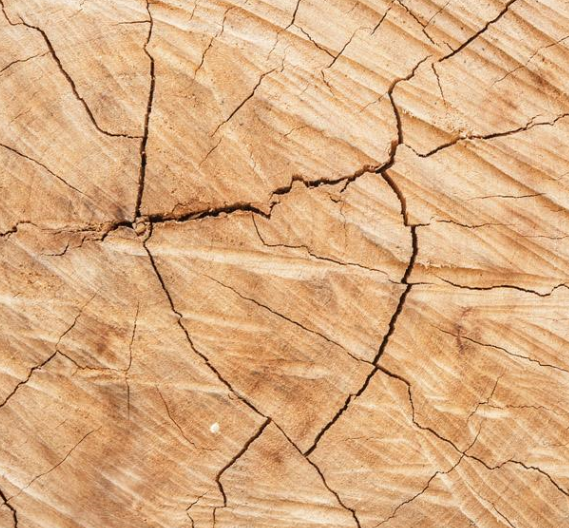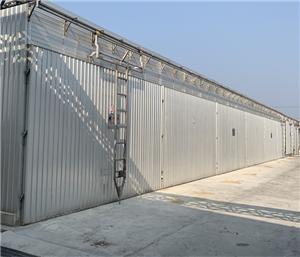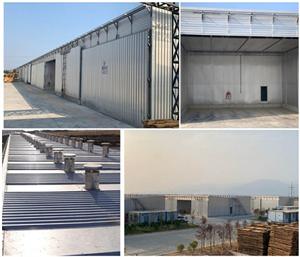How to control and prevent wood cracking

Surface cracks are longitudinal cracks that occur along the wood rays on the outer surface of sawn timber (usually the outer cut surface of a chord-cut board). It is caused by excessive surface tensile stress in the early stage of drying.When the surface tensile stress gradually decreases from the maximum value, the surface crack also begins to gradually shrink. If the crack is not too serious, it can be completely closed in the middle and late stages of drying, and it is even difficult to see with the naked eye. Mild surface cracks have little effect on quality. However, when it is processed into finished paint, the cracks will penetrate into the paint and leave traces, which will affect the appearance. For members subjected to shear forces, the shear strength along the grain may be reduced. If surface cracking occurs prematurely during kiln drying, it will affect the correct implementation of the kiln drying process and may develop into obvious drying defects. Therefore, in the early stage of drying, surface cracking should be avoided as much as possible to maintain the integrity of the wood. The way to prevent surface cracking is that the early benchmark should not be too hard, and pay attention to control the development of drying stress. The intermediate humidity treatment should be carried out when the initial moisture content is reduced by about 1/3, because the surface tensile stress may reach the maximum value at this time. For thick plates or hard broad-leaved wood, the intermediate treatment should be carried out several times, and it can be treated once every 10% or every 2 to 3 days to eliminate the surface tensile stress.
Our main products cover Conventional Wood Drying Kilns,Track Type Veneer Drying Kilns,Heat Pump Drying Kilns,food drying chambers, heat treatment kiln and so on.If you are interested, welcome to contact me.
- Aluminum Wood Drying Kiln
- New Type Steaming Heated Kiln for Wood Dryer
- Hot Water Drying Chamber For Wood Drying Machine
- Heat Transfer Oil Drying Kiln Drying Equipment
- Natural Gas Drying Kiln For Wood Dryer Machine
- Radiata Pine Drying Kiln Drying Chamber For Wood
- Rubber Wood Drying Kiln Timber Drying Chamber
- Rosewood Drying Kiln Channel Kiln For Wood
- Bamboo Drying Kiln Drying Machine
- Intelligent Wood Drying Kiln With Easy Operation
- Heat Pump Drying Kiln
- Heat Pump Wood Drying Kiln Dryer Without Boiler
- Heat Pump Drying Kiln for food
- Veneer Drying Equipment
- Track Veneer Drying Kiln
- Veneer Roller Dryer machine
- 3-layer Net-Belt Veneer Dryer for wood
- Wood carbonization kiln
- High Frequency Vacuum Wood Carbonizating Kiln
- Special kiln for carbonization of bamboo chips




